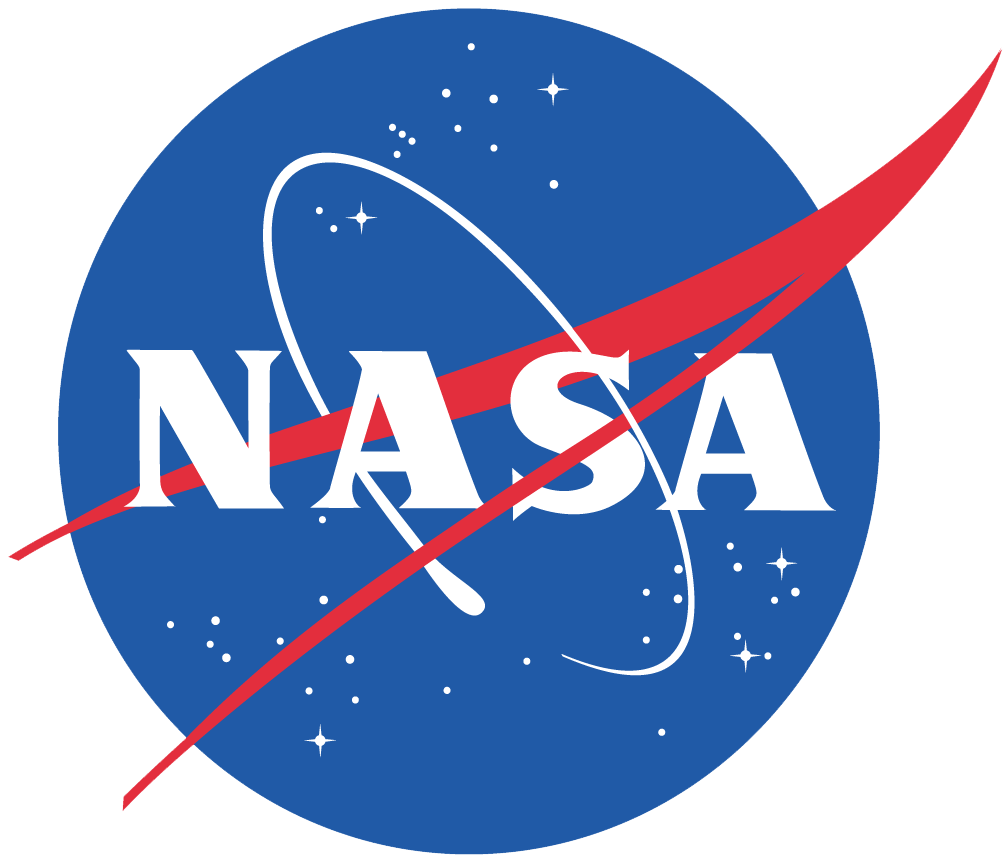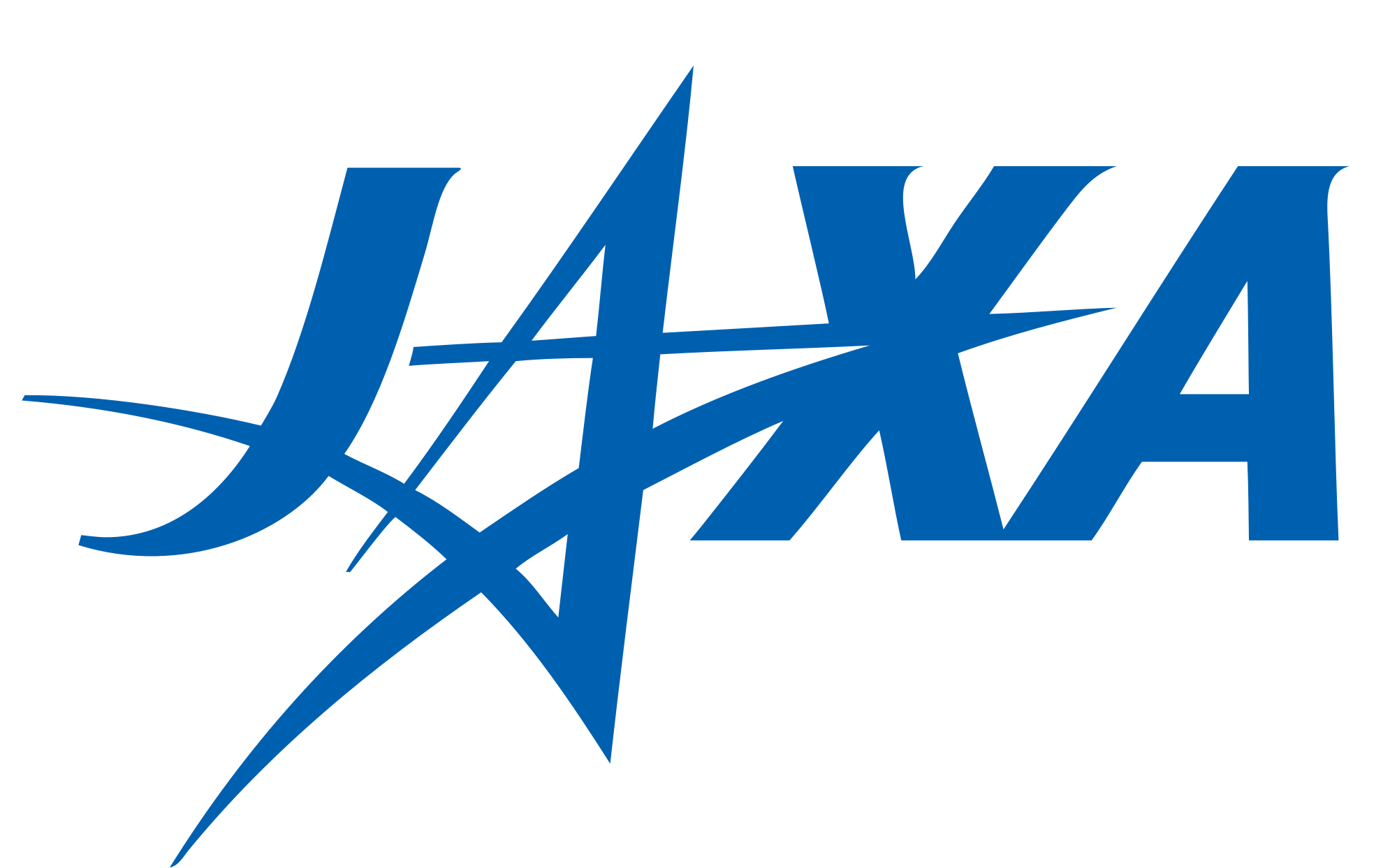Akatsuki
Current Status
Akatsuki is a Japanese (JAXA) space probe currently orbiting Venus and studying the planet’s atmosphere. In December of 2015, the Akatsuki spacecraft made history with a successful second attempt to enter Venus orbit. Primary objectives of the mission are to study cloud and surface imaging from an elliptical orbit around the planet with an infrared camera, which are aimed at investigation of the complex Venusian meteorology.
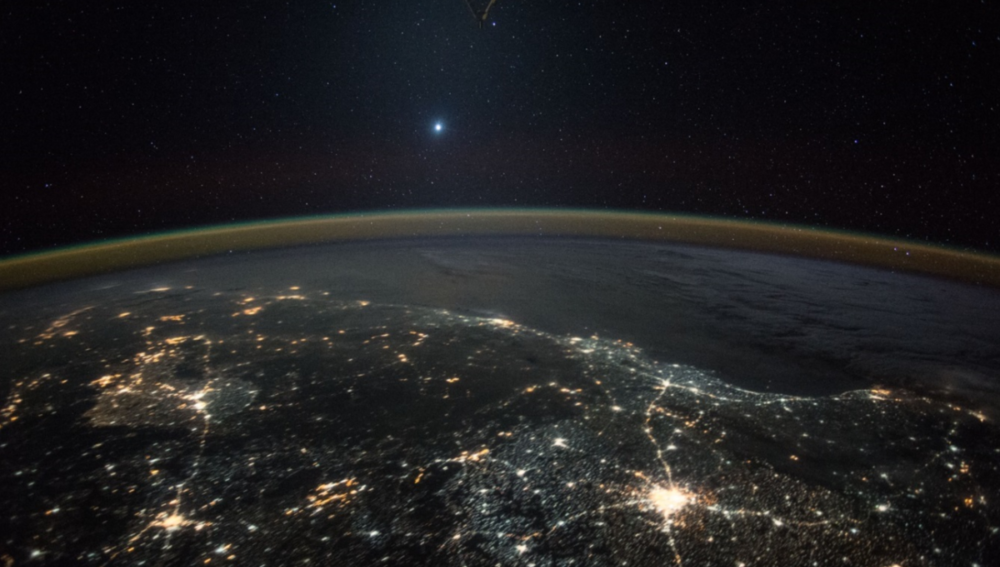
Venus from the ISS
Venus as viewed from the International Space Station on December 7th, 2015, the date of Akatsuki’s successful orbital insertion. Full scale operations began only months later in late March and early April, 2016, and have been in progress continuously during the spacecraft’s orbit.
This photo was taken from orbit above Hyderabad, India, south of Nagpur.
Brief History
Akatsuki was launched using an H-IIA launch vehicle on May 20th, 2010 from Tanegashima Space Center, Japan. The spacecraft arrived at Venus as planned in December, but did not enter into an orbit around Venus. Due to a malfunction in the orbit insertion process which resulted in an insufficient thrust to slow the spacecraft enough to be captured by Venus’ gravity, it ended up orbiting the Sun in a ~ 200 day orbit. The next opportunity to enter into Venus orbit occurred in December of 2015. The Venus orbital insertion maneuver was executed on December 7th, 2015 followed by an official announcement on December 9th, 2015 of the successful entry of the Akatsuki spacecraft into Venus orbit.
The probe vehicle of Akatsuki enters an elliptical orbit, 300 to 80,000 km away from Venus’s surface. This wide variation in distance enables comprehensive observations of the planet’s meteorological phenomena and of its surface, as well as observations of the atmospheric particles escaping from Venus into space. It will also be possible to take close-up photos of Venus, and to observe the storm winds that blow on the Venusian surface, at speeds that reach 100 m a second – 60 times the speed at which Venus rotates. This phenomenon remains the biggest mystery of Venus, as it cannot be explained meteorologically. Akatsuki will employ infrared imaging to observe and elucidate the mysteries surrounding the atmosphere under the clouds and the conditions on the planet’s surface. In addition, it will confirm the presence of active volcanoes and thunder.
Akatsuki Mission Official Website
Spacecraft & Instruments
The Spacecraft
The main bus is a 1.45 × 1.04 × 1.44 m (4.8 × 3.4 × 4.7 ft) box with two solar arrays, each with an area of about 1.4 m2 (15 sq ft). The solar arrays provide over 700 W of power in Venus orbit. The total mass of the spacecraft at launch was 517.6 kg (1,141 lb). The mass of the science payload is 34 kg (75 lb).
Propulsion is provided by a 500-newton (110 lb) bi-propellant, hydrazine-dinitrogen tetroxide orbital maneuvering engine and twelve mono-propellant hydrazine reaction control thrusters, eight with 23 N (5.2 lb) of thrust and four with 3 N (0.67 lb). It is the first spacecraft to use a ceramic (silicon nitride) retrofire thruster. The total propellant mass at launch was 196.3 kg (433 lb).
Communication is via an 8 GHz, 20-watt X-band transponder using the 1.6 m (5 ft 3 in) high-gain antenna. The high-gain antenna is flat to prevent heat from building up in it. Akatsuki also has a pair of medium-gain horn antennas mounted on turntables and two low-gain antennas for command uplink. The medium-gain horn antennas are used for housekeeping data downlink when the high-gain antenna is not facing Earth.
The Instruments
- the Lightning and Airglow Camera (LAC) will look for lightning in the visible wavelengths of 552 to 777 nanometers
- the ultraviolet imager (UVI) will study the distribution of specific atmospheric gases such as sulfur dioxide in ultraviolet wavelengths (293–365 nm)
- the longwave infrared camera (LIR) will study the structure of high-altitude clouds at a wavelength where they emit heat (10 μm)
- the 1 μm camera (IR1) will image heat radiation emitted from Venus’s surface rocks (0.90–1.01 μm) and will help researchers to spot active volcanoes, if they exist
- the 2 μm camera (IR2) will detect heat radiation emitted from the lower reaches of the atmosphere (1.65–2.32 μm)
- the Ultra-Stable Oscillator (USO) for high precision measurement of distance and communication
US Participants
Sanjay S. Limaye – University of Wisconsin, Madison |
Kevin McGouldrick – University of Colorado, Boulder |
Charles H. Acton – Jet Propulsion Laboratory, Pasadena, California |
 |
 |
 |
Investigation of the Venus weather as a Participating Scientist in Residence |
Combined theoretical and observational multi-disciplinary analysis of the structure and evolution of the clouds and hazes of Venus |
SPICE for Venus Climate Orbiter |
Ralph D. Lorenz – Johns Hopkins University Applied Physics Laboratory, Laurel, Md. |
Gerald Schubert – University of California, Los Angeles |
Eliot F. Young – Southwest Research Institute, Boulder, Colorado |
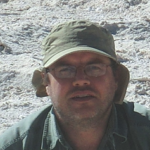 |
 |
 |
Venus Atmosphere Studies with the Akatsuki Lightning Camera |
Modeling Venus atmospheric dynamics with data from the Venus Climate Orbiter (Akatsuki) |
Identifying cloud properties and altitude: spectral image cubes to accompany Akatsuki image data |
Mark A. Bullock – Southwest Research Institute, San Antonio, Texas |
||
 |
||
Observational and theoretical constraints on current Venusvolcanism from Akatsuki UV and IR imaging |
Where is Akatsuki Now?
Follow JAXA’s Akatsuki spacecraft and track its exact location in real time as it orbits around Venus gathering data used to analyze the planet’s atmosphere!
Team Leaders
Project Manager Masato Nakamura

Masato Nakamura received Tanakadate medal from the Society of Geomagnetism and Earth, Planetary and Space Sciences on his work “The study of plasma transport in the terrestrial magnetosphere” in 2002. He is now project manager of the Japanese Venus orbiter project.
Project Scientist Takehiko Satoh
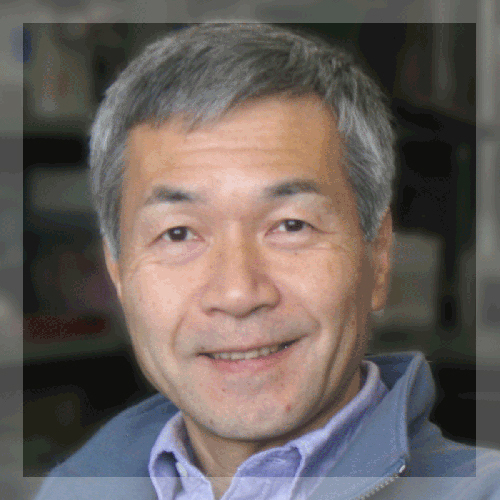
Since 2001, Dr. Satoh has been one of the key members of Japan’s VCO project as the Principal Investigator of the IR2 instrument. He served as the ST Section President for 2 years (2012-2014) and as the Section Vice-President before and after that (2011-2012 and 2014-2015).
Watch the Akatsuki Launch:
News Highlights
- [ 03.2017 ] Two Cameras on Akatsuki Pause Observations
- [ 02.2017 ] Surface Action on Venus
- [ 01.2017 ] The Mystery of Venus’s Atmospheric Wave
- [ 01.2017 ] Could Dark Streaks in Venus’ Clouds be Microbial Life?
- [ 12.2015 ] Venus Climate Orbiter “AKATSUKI” Inserted Into Venus' Orbit
- [ 12.2015 ] Live from Sagamihara: Akatsuki Orbit Insertion Success!
